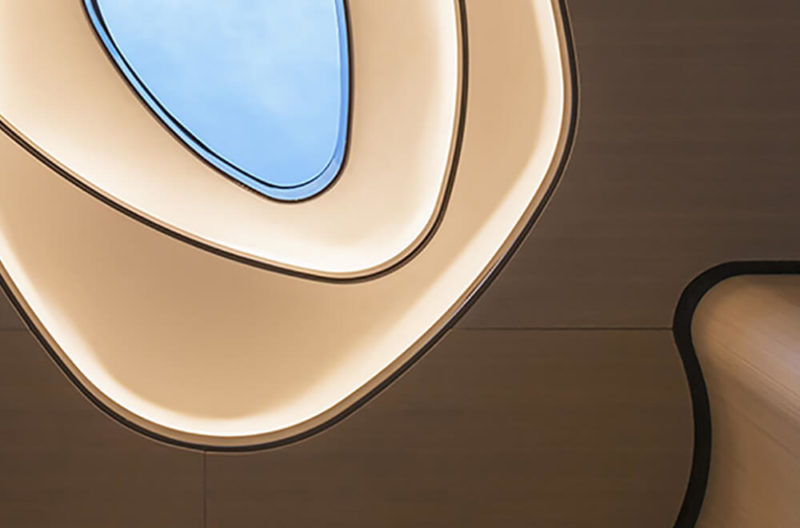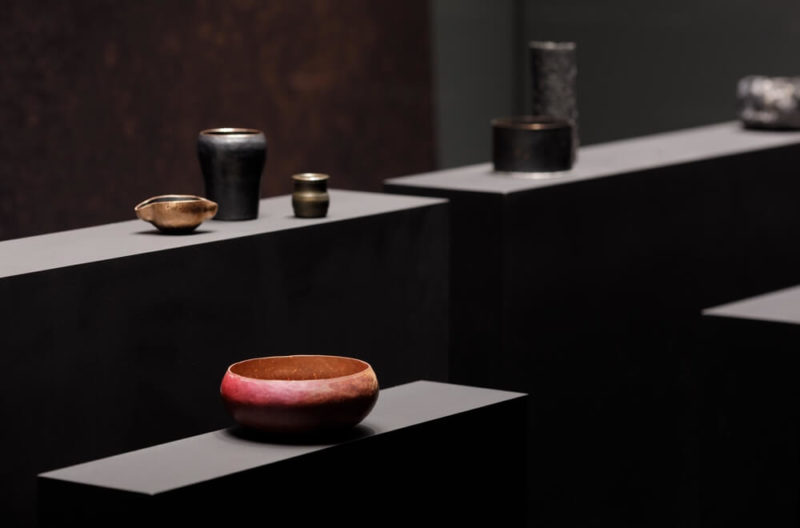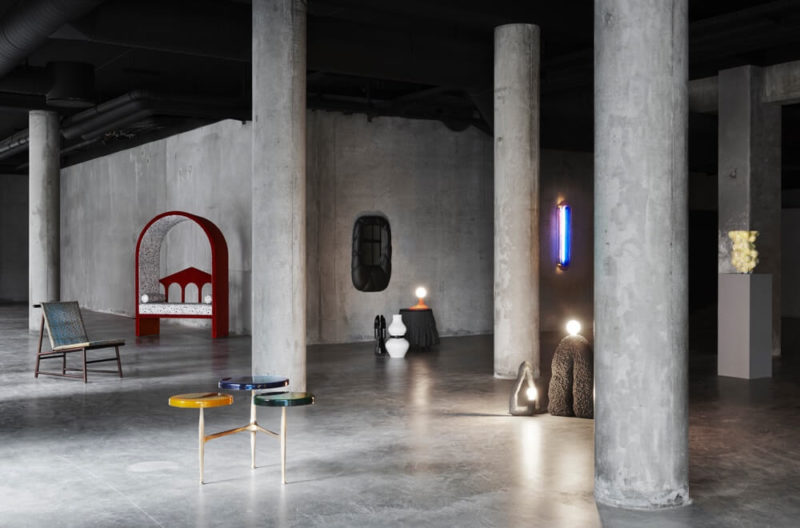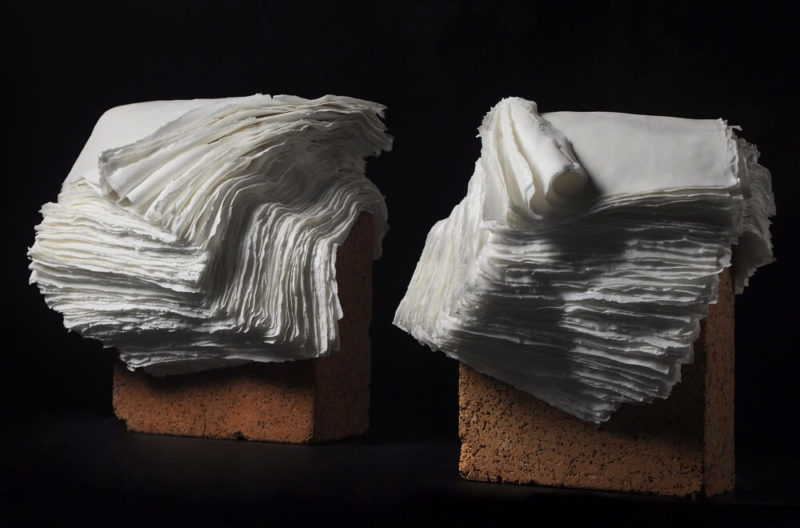La Biennale Paris
Some outstanding works, despite a quieter profile.
Grand Palais, Paris
13th – 17th September, 2019
LA BIENNALE PARIS is a misnomer. It is a former antique dealers’ biennial that is now an annual, heterogenous fair spanning everything from antiques and primitive art to the decorative arts, jewellery, contemporary art and design. Yet this year it was not necessarily showing the best in every field. Having lost dozens of exhibitors (down from 110 in 2016, to 75 today), and been recently embroiled in a vetting scandal, the fair’s identity and quality have declined.
Organised by the Syndicat National des Antiquaires and presided over by Mathias Ary Jan, the fair – launched in 1962 – has been repositioning itself slightly every few years. Not so long ago, it occupied not just the nave of the Grand Palais but areas of the first floor. Yet some of the antique dealers on the upper level complained that they had been relegated to inferior exhibition stands to accommodate grand jewellery houses, such as Van Cleef & Arpels, in the nave. But the likes of Van Cleef & Arpels have since departed too.
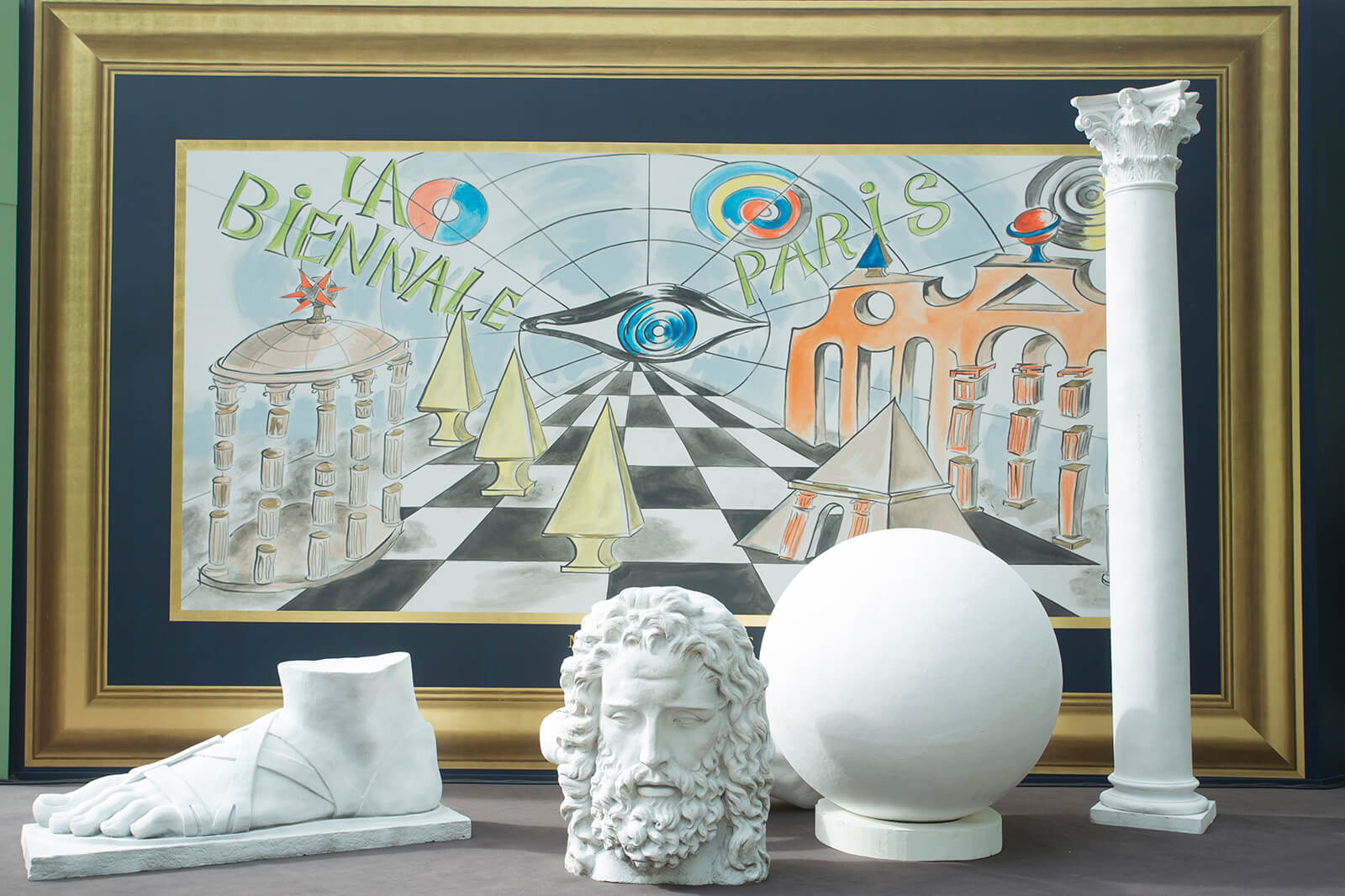
Installation view of Vincent Darré’s stand
PHOTOGRAPH: © Florent Drillon
Today, Ary Jan’s strategy is about rebranding La Biennale Paris as a “universal fair” that is both more international and contemporary. Cue a vast stand on Bahrain, showcasing furniture alongside installations of black-and-white photography and paintings.
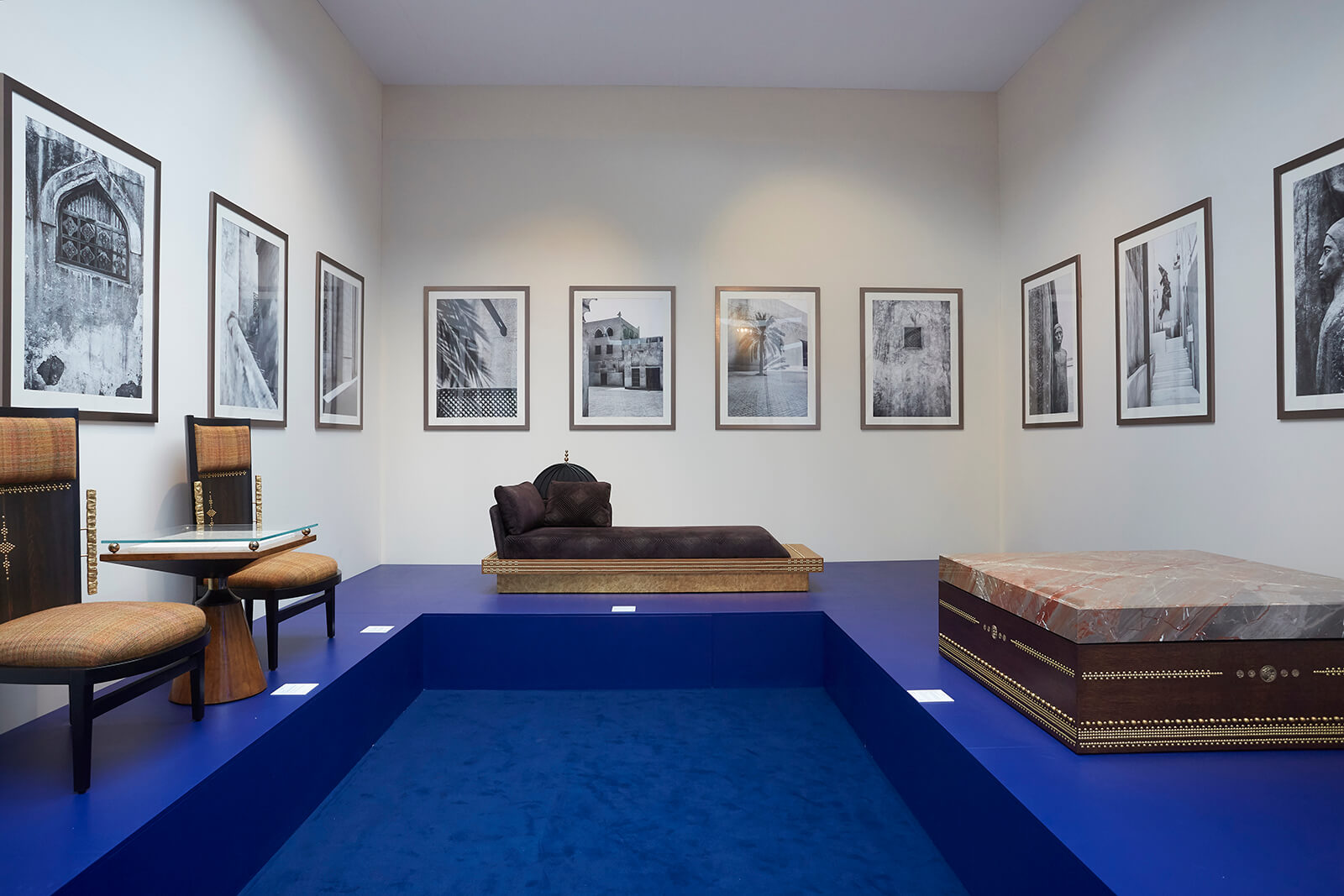
Installation view of the Bahrain stand
PHOTOGRAPH: © Florent Drillon
Although the fair’s prestige has dimmed and the atmosphere quietened, there were still marvels to admire at this edition. One of the stand-outs was Carlos Cruz-Diez’s installation, ‘Labyrinthe de Transchromie Bruxelles’ (1965-2019), presented in partnership with La Patinoire Royale/Galerie Valérie Bach from Brussels. A kinetic, maze-like installation made from coloured glass panels by the late Venezuelan, Paris-based artist who died in July, the refracted shadows change according to one’s standpoint. The piece was shown earlier this year at an exhibition at La Patinoire Royale.
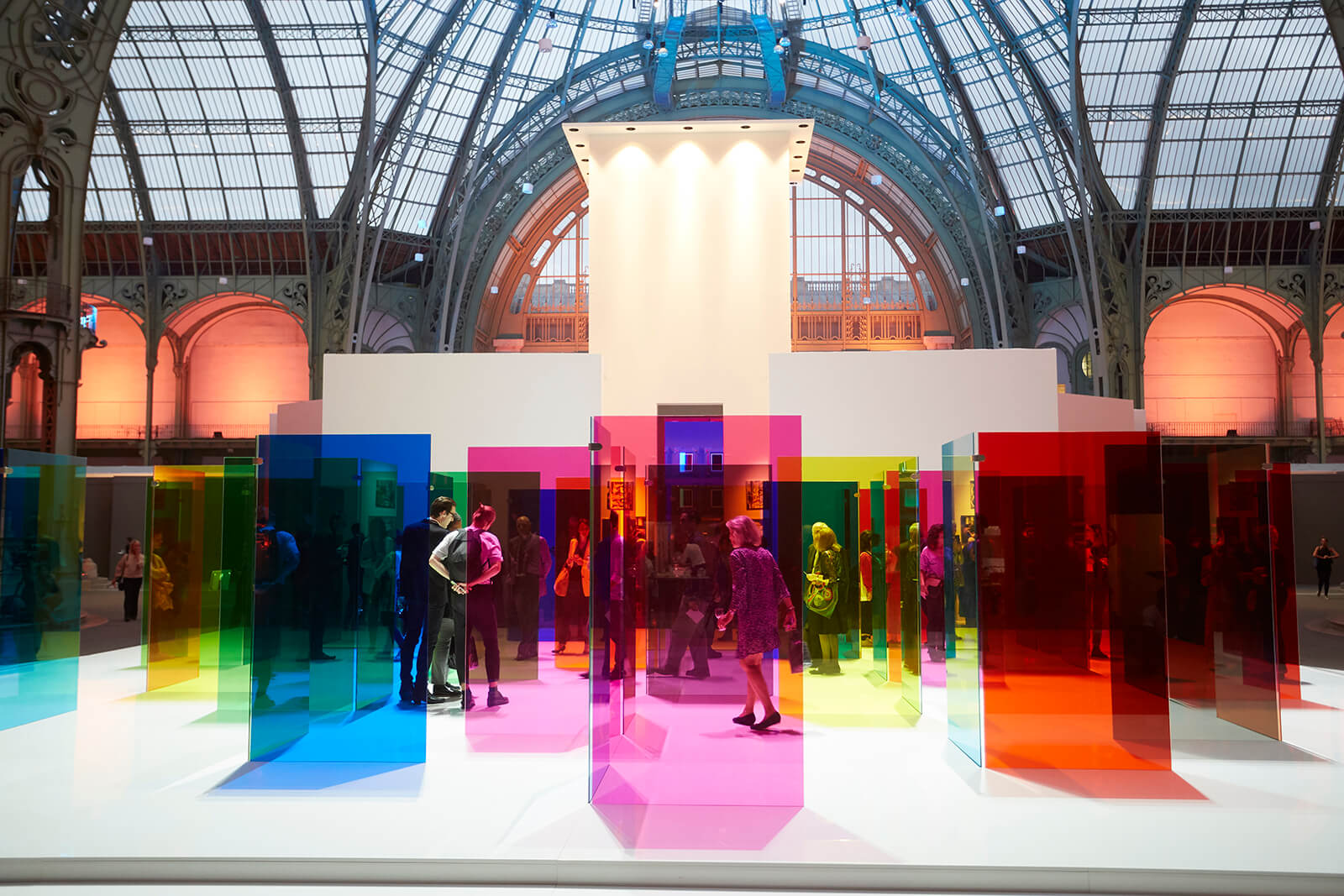
Installation view of Carlos Cruz-Diez, ‘Labyrinthe de Transchromie Bruxelles’, (1965-2019)
PHOTOGRAPH: © Florent Drillon
“Carlos Cruz-Diez drew the concept in 1965 and realised it this year for the exhibition,” Valérie Bach said about the work, priced at €2.8m. “He was very excited about the project and we were really proud that he was able to do it with us. The exhibition ended the day of his death. After it was dismantled, we thought it would be a good idea to show it here and pay tribute to him.”
Among the Old Master and antique dealers, highlights included paintings by Lucas Cranach the Younger at Kunstberatung Zürich; ancient Greek terracotta vases and Etruscan heads at Cahn (Basel); and a tapestry of a hunting feast commissioned in 1704 by Louis XIV at Galerie Pellat de Villedon (Versailles) whose stand was presented like a garden filled with antique furniture.
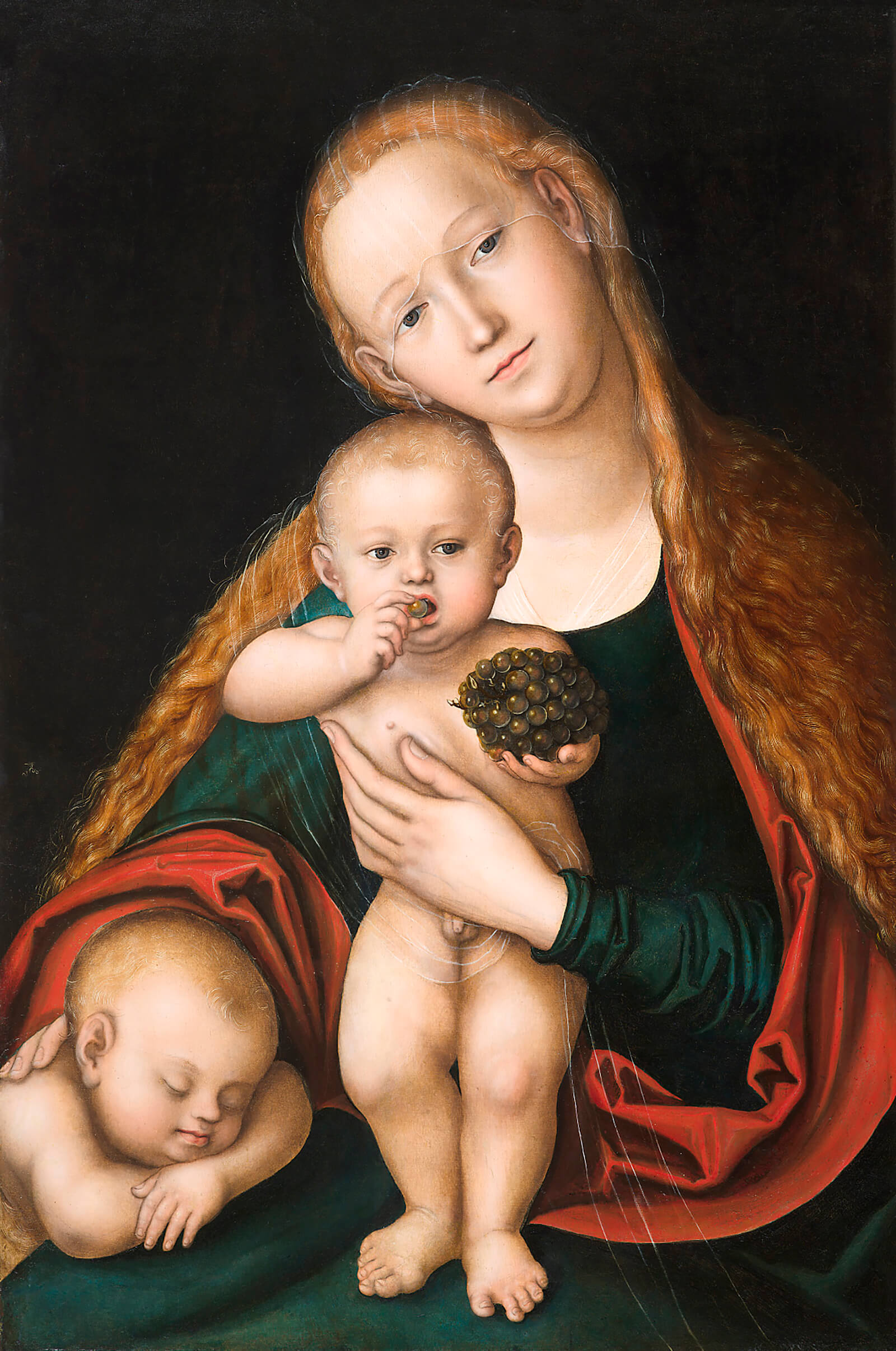
Cranach, Lucas the younger, ‘The Virgin and the child with infant St. John the baptist sleeping’, circa after 1537
COURTESY: Kunstberatung Zürich
“Louis XIV commissioned a series of 12 tapestries, each one representing a month of the year, for the Château de Fontainebleau and this one represents November,” said gallery owner Ludovic Pellat de Villedon about the tapestry, priced at €240,000, in which the Sun King is represented by an urn bearing a symbol of the sun. Made by the Manufacture Royale des Gobelins, the series of tapestries depict the Renaissance hunting parties of Archduke Maximilian (the Habsburg Duke of Brabant); the whereabouts of the other tapestries are unknown.
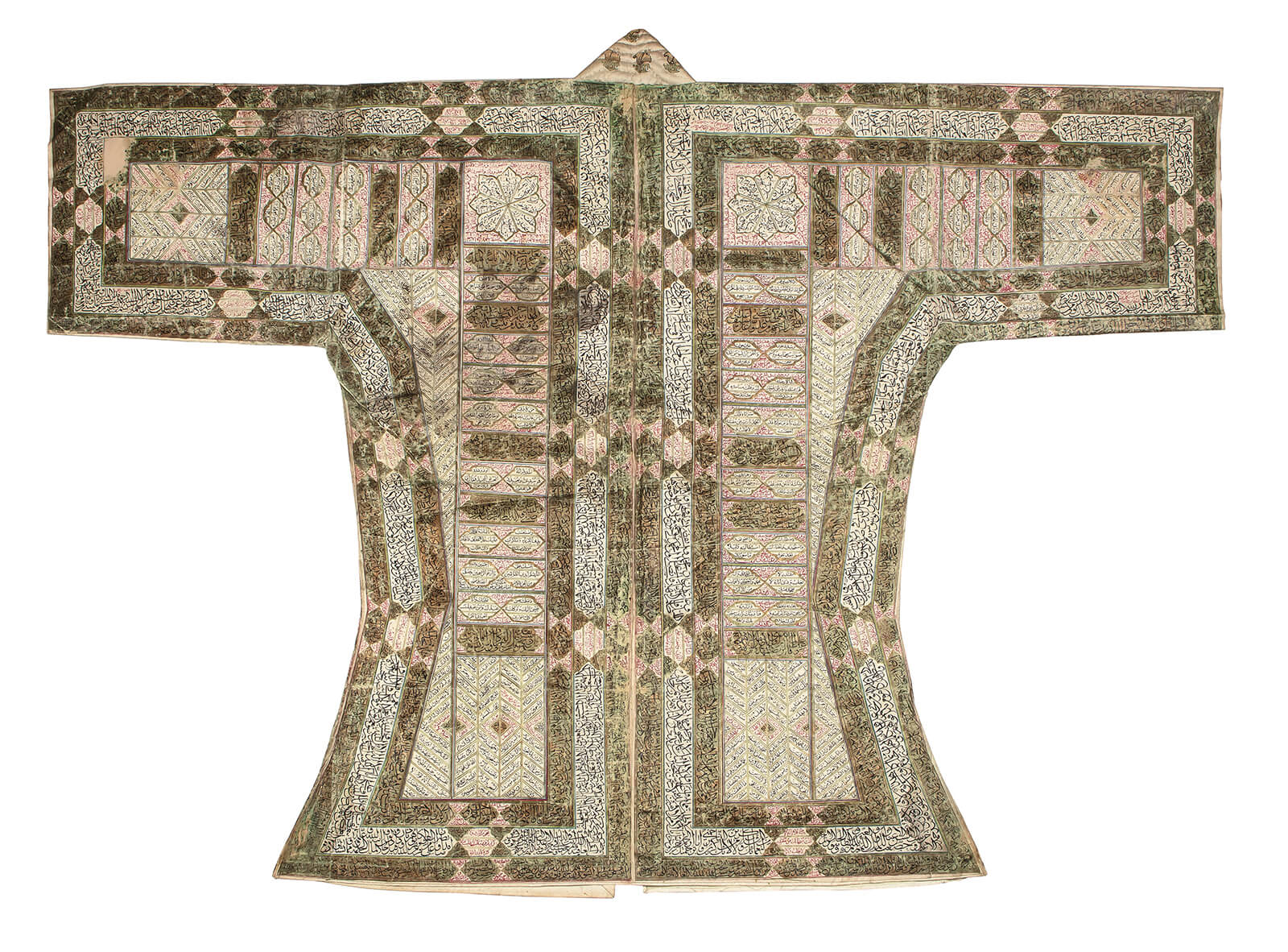
Talismanic shirt back, 17th Century
COURTESY: Kent Antiques
A highly unusual exhibit was the important talismanic shirt (Jama) inscribed with Quranic verses and Shi’a protective prayers at Kent Antiques (London), which was awarded the prize of the Biennale Committee. “It’s probably the only fully catalogued shirt in Islamic art history that bears the names of the 12 imams and these Shi’a protective prayers that would have been executed by courtly calligraphers,” explained Bora Keskiner, co-director of Kent Antiques, which specialises in Islamic and Indian art. Dating from the 17th century and believed to be from north India or the Deccan, the shirt (price upon request) would have been worn under armour to ward off arrows and bullets and protect its wearer from spells and magic.

Installation view of the stand of Carpenters Workshop Gallery. Sculptures by Wendell Castle and a lamp by Nacho Carbonell
COURTESY: Carpenters Workshop Gallery
The Art Deco stand by renowned French interior designer Vincent Darré, Sam Szafran’s solo show of paintings at Galerie Claude Bernard (Paris) and Wendell Castle’s organic sculptures and furniture, made in stained ash and bronze, at Carpenters Workshop Gallery, also boosted the fairly moribund fair.
La Biennale Paris – art festival organised by the Syndicat National des Antiquaires.




